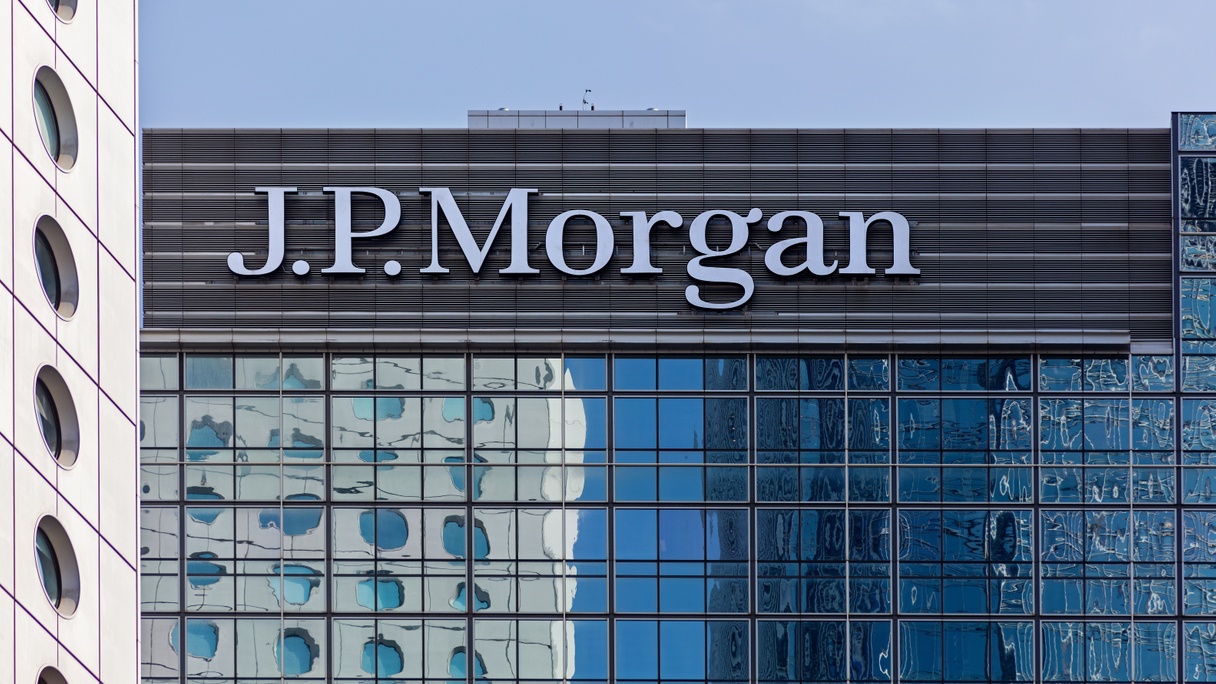The duration of the policy may far exceed market expectations, and the White House's tolerance for stock market corrections has increased significantly.
As the effective date of tariff policy approaches on April 2, 2025, nerves in global capital markets are becoming increasingly tense.In this game centered on the "Trump Tariffs", JPMorgan Chase's views are significantly different from mainstream market expectations.
According to a report by Andrew Tyler, head of JPMorgan's trading team, the core contradiction in the current market lies in the judgment of the nature of tariff policies.Most investors believe that the Trump administration's new round of tariffs may be a one-time shock, and the support level of the S & P 500 index is anchored in the 5,000 - 5,300 range, the so-called "Trump bottom" expectation.
However, Andrew Tyler, head of the trading team at JPMorgan Chase, pointed out that the nature of this round of tariffs has transcended traditional trade disputes-Trump's real intention is to reshape the global manufacturing landscape and force the industrial chain back to the United States through tariff leverage, which means that the policy The duration may far exceed market expectations, and the White House's tolerance for a stock market correction has increased significantly.This strategic shift has made the traditional "event-driven trading strategy" ineffective, and the market needs to re-evaluate the risk pricing model.
The continued fermentation of policy uncertainty is disintegrating the short-term consensus in the market.
JPMorgan Chase observed that despite the recent dovish signal from the Federal Reserve to try to stabilize market sentiment, the effectiveness of monetary policy tools under the risk of "stagflation" has been severely weakened.On the one hand, tariffs pushing up import costs may cause the core PCE inflation rate to exceed 3%. On the other hand, supply chain disturbances suppress corporate profit expectations. This combination of "cost-driven inflation + demand-side contraction" puts the Fed in a dilemma-interest rate cuts may aggravate inflation, while interest rates accelerate recession.More critically, the Trump administration has shown systematic disregard for existing international rules.For example, the United States unilaterally announced an increase in tariffs on Mexica-Canada cars without abolishing the USMCA. This policy has repeatedly not only damaged the trust of allies, but also created a "black hole in the effectiveness of the agreement", making it difficult for the market to effectively price any phased outcome.
Faced with uncertainty about U.S. policies, JPMorgan Chase listed Australia, Japan, and the United Kingdom as "relatively safe havens."
This judgment is based on three logics: First, the trade dependence of these economies with the United States shows structural differences. For example, Japan may obtain a preferential tariff rate of 10% by committing to increase investment in the United States, which is more buffer than the EU's expected tax rate of 15%. Second, its capital market valuation is more attractive than U.S. stocks. The price-to-earnings ratio of the Nikkei 225 Index is about 30% lower than the S & P 500, and the risk-averse nature of the yen provides additional protection in a volatile environment; Third, due to the mismatch of geopolitical risks, the UK may become the priority recipient when European capital withdraws due to the progress of potential US-UK trade agreement negotiations.It is worth noting that this regional divergence is reshaping global capital flows-EPFR data shows that net inflows from European equity funds have reached US$12 billion in the past four weeks, while North American markets have experienced the largest outflow since 2023.
At the industrial level, the "long tail effect" of tariff policies began to emerge.
JPMorgan noted that although the forward P/E ratio of the S & P 500 stocks has fallen back to 18 times, close to the five-year average, the earnings correction momentum continues to deteriorate: in the past month, analysts 'forecasts for earnings growth in the second quarter of 2025 were lowered by 4.2 percentage points, including a reduction of more than 7%.This divergence suggests that the market has not yet fully priced the cost of supply chain restructuring.
Taking the automobile industry as an example, if Trump's proposed policy of imposing a 25% tariff on imported cars is implemented, it will force multinational automobile companies to re-evaluate the North American production capacity layout. Although U.S. manufacturers benefit from price advantages in the short term, they will face the double squeeze of rising parts and components costs and declining export competitiveness.The pain caused by this "creative destruction" may be concentrated in the next two earnings seasons.

In its report, JPMorgan assumed market reactions under different tariffs:
10% tariff: Assuming a 10% comprehensive tariff, cancel/replace Canada/Mexico tariffs: The S & P 500 index rose 2-2.5%, the 10-year yield rose by about 10 basis points, and the EUR/USD fell to 1.06-1.07.
25% tariff: The S & P 500 index fell 1.25%-1.75%, the 10-year yield fell 12-14 basis points, and the EUR/USD fell to 1.03-1.05.
35% tariff: The S & P 500 index fell 2%-3%, the 10-year yield fell 20 basis points, and the euro/dollar fell to 1.01-1.03.
Recently, if there are new Hong Kong stocks, or if you want to exchange accounts for Hong Kong and U.S. stocks, you can add a small WeChat exchange.


